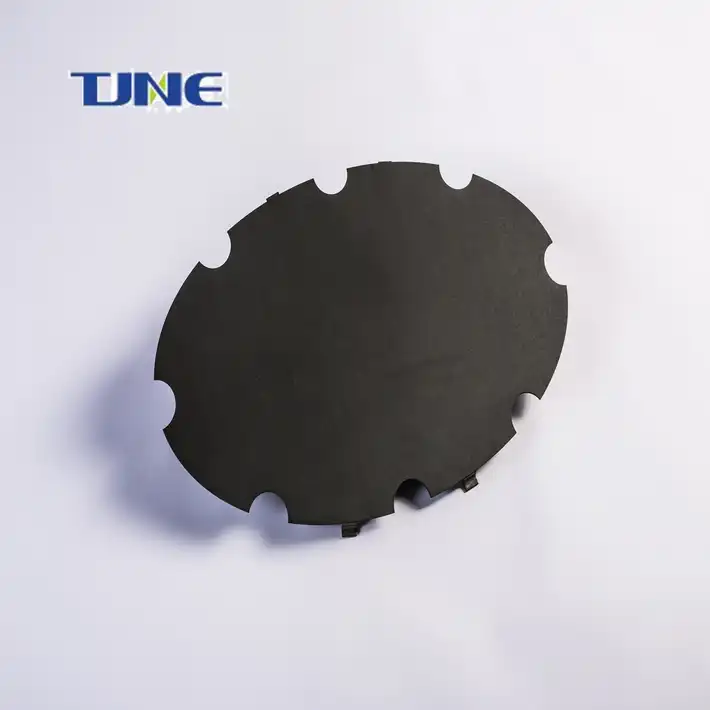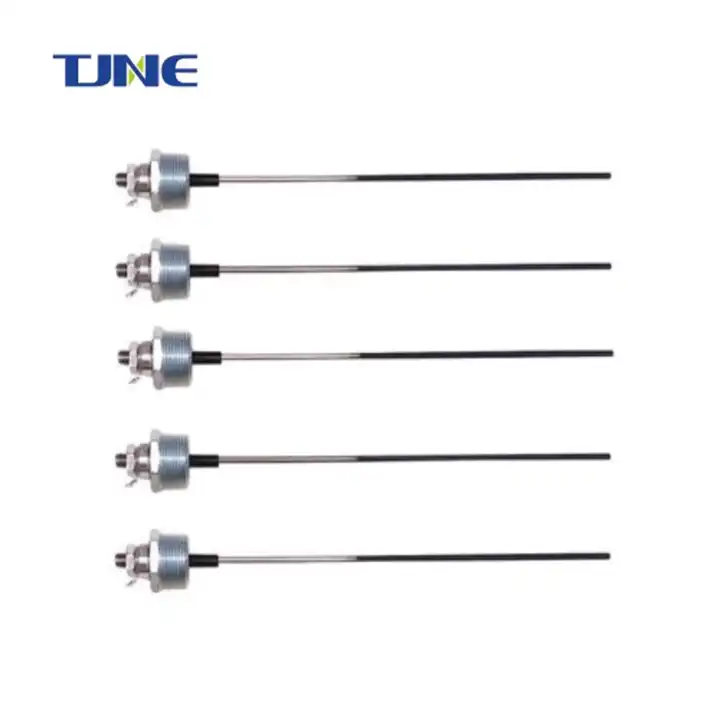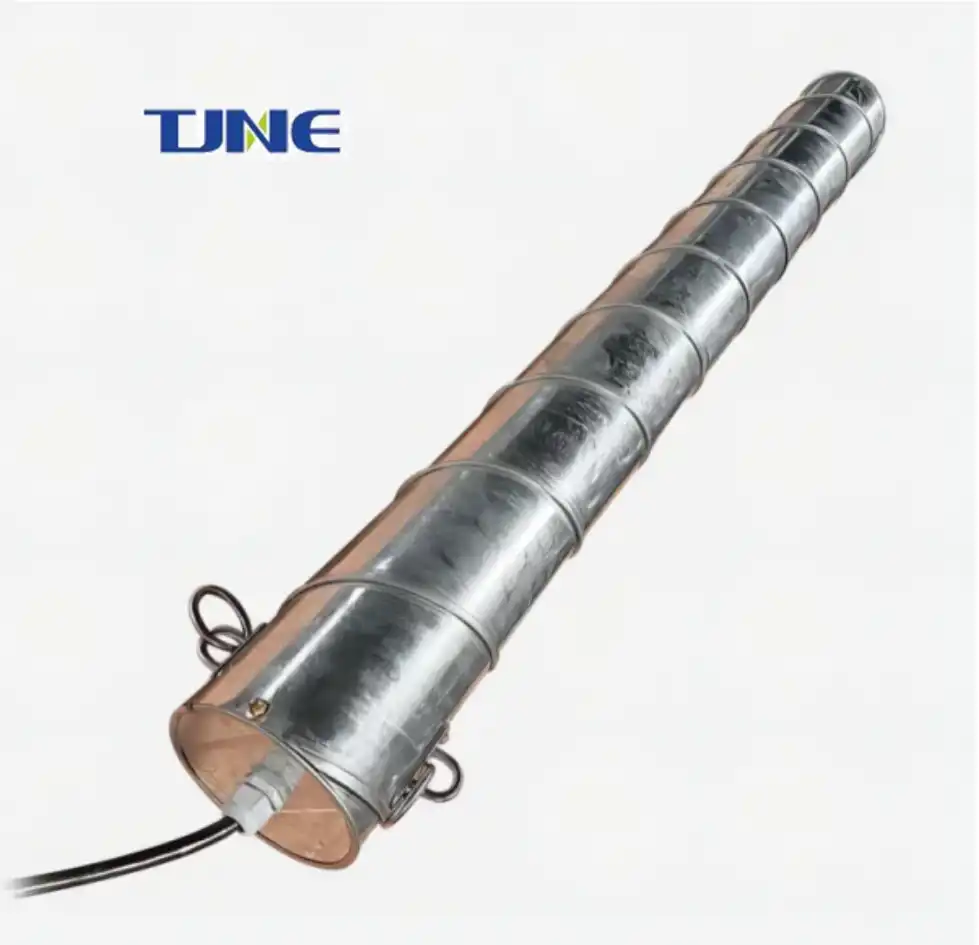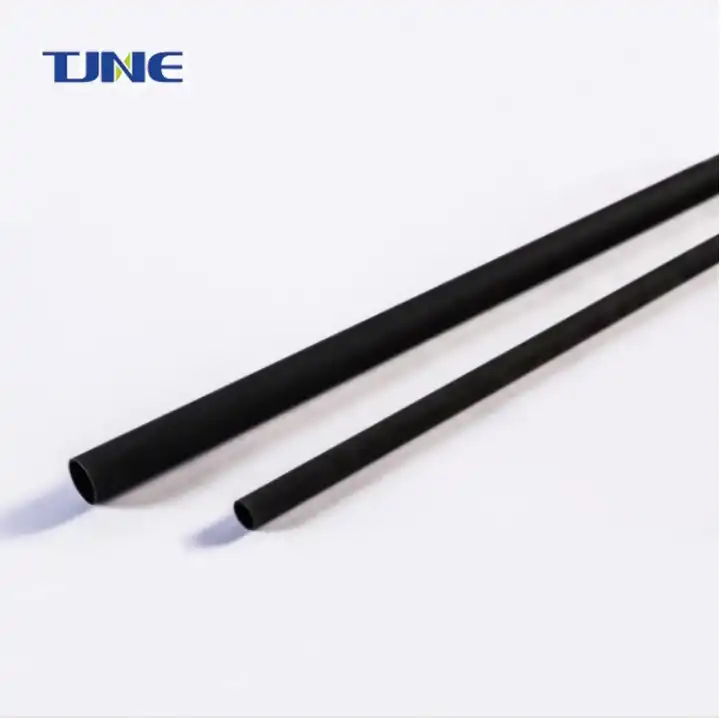- English
- French
- German
- Portuguese
- Spanish
- Russian
- Japanese
- Korean
- Arabic
- Greek
- German
- Turkish
- Italian
- Danish
- Romanian
- Indonesian
- Czech
- Afrikaans
- Swedish
- Polish
- Basque
- Catalan
- Esperanto
- Hindi
- Lao
- Albanian
- Amharic
- Armenian
- Azerbaijani
- Belarusian
- Bengali
- Bosnian
- Bulgarian
- Cebuano
- Chichewa
- Corsican
- Croatian
- Dutch
- Estonian
- Filipino
- Finnish
- Frisian
- Galician
- Georgian
- Gujarati
- Haitian
- Hausa
- Hawaiian
- Hebrew
- Hmong
- Hungarian
- Icelandic
- Igbo
- Javanese
- Kannada
- Kazakh
- Khmer
- Kurdish
- Kyrgyz
- Latin
- Latvian
- Lithuanian
- Luxembou..
- Macedonian
- Malagasy
- Malay
- Malayalam
- Maltese
- Maori
- Marathi
- Mongolian
- Burmese
- Nepali
- Norwegian
- Pashto
- Persian
- Punjabi
- Serbian
- Sesotho
- Sinhala
- Slovak
- Slovenian
- Somali
- Samoan
- Scots Gaelic
- Shona
- Sindhi
- Sundanese
- Swahili
- Tajik
- Tamil
- Telugu
- Thai
- Ukrainian
- Urdu
- Uzbek
- Vietnamese
- Welsh
- Xhosa
- Yiddish
- Yoruba
- Zulu
Mixed Metal Oxide/Titanium (MMO/Ti) Flexible Anodes have emerged as a game-changing technology in the field of cathodic protection and electrochemical processes. These innovative anodes combine the durability of titanium with the electrochemical properties of mixed metal oxides, resulting in a flexible and highly efficient anode material. This blog post explores the numerous advantages of MMO/Ti Flexible Anodes and their applications across various industries.
What are the key benefits of using MMO/Ti Flexible Anodes in cathodic protection systems?
MMO/Ti Flexible Anodes offer several significant benefits when used in cathodic protection systems, making them an increasingly popular choice for corrosion prevention in various industries. These advantages stem from their unique composition and design, which combines the strength of titanium with the electrochemical properties of mixed metal oxides.
One of the primary benefits of MMO/Ti Flexible Anodes is their exceptional durability and long service life. The titanium substrate provides excellent mechanical strength and corrosion resistance, while the mixed metal oxide coating ensures consistent and efficient performance over extended periods. This combination results in anodes that can withstand harsh environmental conditions and maintain their effectiveness for many years, reducing the need for frequent replacements and minimizing maintenance costs.
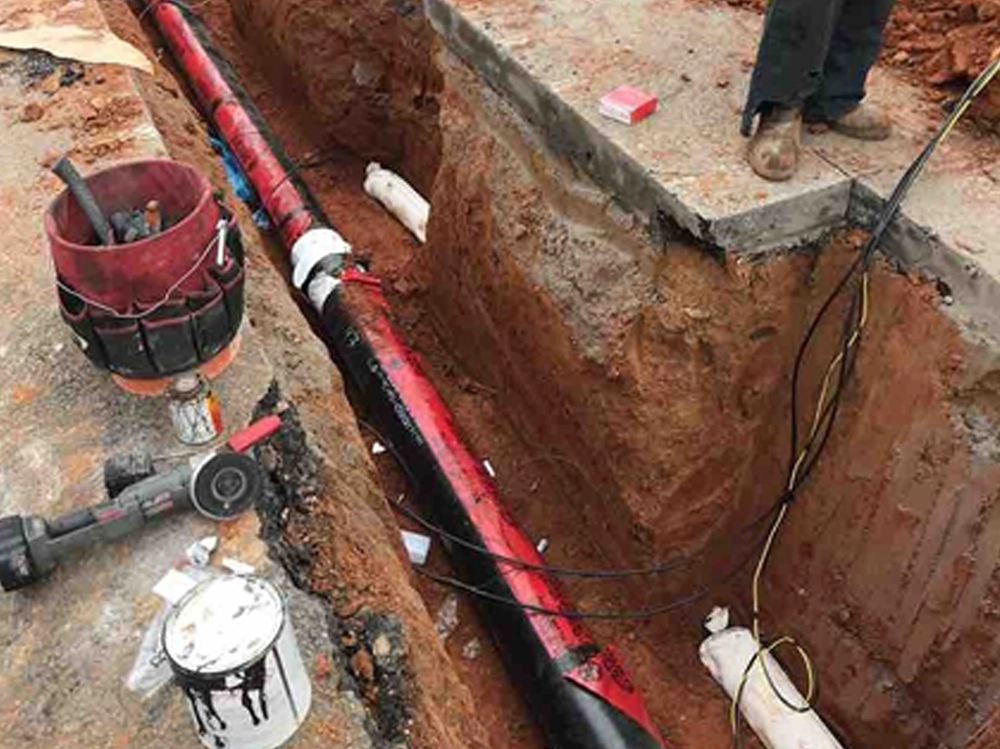
The flexibility of these anodes is another key advantage, particularly in applications where rigid anodes may be impractical or less effective. MMO/Ti Flexible Anodes can be easily shaped and installed in complex geometries, allowing for optimal current distribution and protection of irregularly shaped structures. This flexibility also makes them ideal for retrofitting existing systems or installing in tight spaces where traditional rigid anodes would be challenging to place.
MMO/Ti Flexible Anodes also offer superior current distribution compared to many traditional anode materials. The mixed metal oxide coating provides a large surface area for electron transfer, resulting in more uniform and efficient current distribution across the protected structure. This improved current distribution leads to better overall protection and can help reduce the total number of anodes required for a given system, potentially lowering installation costs.
Another significant benefit is the low consumption rate of MMO/Ti Flexible Anodes. Unlike some other anode materials that deteriorate rapidly during use, MMO/Ti anodes have a very low consumption rate, meaning they maintain their size and shape over time. This characteristic not only contributes to their long service life but also ensures consistent performance throughout the anode's lifespan.
The environmental impact of MMO/Ti Flexible Anodes is also worth noting. These anodes produce minimal harmful by-products during operation, making them a more environmentally friendly option compared to some traditional anode materials. This aspect is particularly important in marine and underwater applications, where environmental considerations are often paramount.
How do MMO/Ti Flexible Anodes compare to traditional anode materials in terms of performance and efficiency?
When comparing MMO/Ti Flexible Anodes to traditional anode materials, several key factors come into play that highlight the superior performance and efficiency of these innovative anodes. Traditional anode materials, such as graphite, high silicon cast iron, and lead-silver alloys, have been used in cathodic protection systems for many years. However, MMO/Ti Flexible Anodes offer significant improvements in various aspects of performance and efficiency.
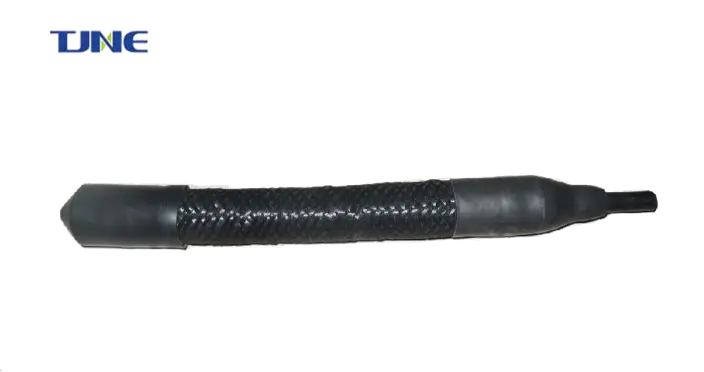
One of the most notable differences is the lifespan of the anodes. MMO/Ti Flexible Anodes typically have a much longer service life compared to traditional materials. For instance, while graphite anodes may last 5-10 years in some applications, MMO/Ti anodes can often operate effectively for 20 years or more under similar conditions. This extended lifespan is due to the combination of the corrosion-resistant titanium substrate and the stable mixed metal oxide coating, which resists degradation over time.
The consumption rate of MMO/Ti Flexible Anodes is also significantly lower than that of traditional materials. For example, high silicon cast iron anodes can have consumption rates of 0.1 to 0.5 kg/A-year, while MMO/Ti anodes typically have consumption rates as low as 0.0001 kg/A-year. This exceptionally low consumption rate means that MMO/Ti anodes maintain their size and shape over time, ensuring consistent performance throughout their lifespan and reducing the need for frequent replacements.
In terms of current output and distribution, MMO/Ti Flexible Anodes generally outperform traditional materials. The mixed metal oxide coating provides a large surface area for electron transfer, resulting in higher current densities and more uniform current distribution. This improved current distribution leads to more effective protection of the cathode surface and can allow for the use of fewer anodes to achieve the same level of protection, potentially reducing overall system costs.
The flexibility of MMO/Ti anodes is another significant advantage over many traditional materials. While anodes made from materials like graphite or high silicon cast iron are rigid and can be brittle, MMO/Ti Flexible Anodes can be bent and shaped to fit complex geometries. This flexibility allows for more versatile installation options and better coverage of irregularly shaped structures, improving the overall effectiveness of the cathodic protection system.

Environmental considerations also favor MMO/Ti Flexible Anodes. Many traditional anode materials, particularly those containing lead or other heavy metals, can pose environmental risks as they deteriorate and release potentially harmful substances into the surrounding environment. In contrast, MMO/Ti anodes are considered more environmentally friendly, producing minimal harmful by-products during operation.
The efficiency of MMO/Ti Flexible Anodes in terms of power consumption is another area where they often outperform traditional materials. The low resistance of the titanium substrate and the high conductivity of the mixed metal oxide coating result in lower voltage drops across the anode. This means that MMO/Ti anodes can operate at lower voltages to achieve the same current output, leading to reduced power consumption and lower operating costs over the life of the system.
What are the innovative applications of MMO/Ti Flexible Anodes beyond traditional cathodic protection?
While MMO/Ti Flexible Anodes have proven their worth in traditional cathodic protection applications, their unique properties have opened up a range of innovative uses beyond this conventional role. These novel applications leverage the anodes' flexibility, durability, and electrochemical properties to solve complex problems across various industries and environmental contexts.
One of the most promising innovative applications of MMO/Ti Flexible Anodes is in the field of cathodic protection. These anodes have shown great potential in electrochemical advanced oxidation processes (EAOPs) for the removal of persistent organic pollutants from water. The high oxygen evolution overpotential of MMO/Ti anodes makes them particularly effective in generating hydroxyl radicals, which are powerful oxidizing agents capable of breaking down complex organic compounds. This application is especially valuable for treating industrial effluents containing recalcitrant pollutants that are difficult to remove through conventional treatment methods.
In the realm of environmental remediation, MMO/Ti Flexible Anodes are being explored for use in electrokinetic soil remediation techniques. This process involves applying an electric field to contaminated soil to mobilize and extract heavy metals and organic pollutants. The flexibility of MMO/Ti anodes allows for their insertion into soil in various configurations, improving the efficiency of the remediation process. Their durability in harsh soil conditions and resistance to corrosion make them ideal for long-term in-situ remediation projects.
The renewable energy sector has also found innovative uses for MMO/Ti Flexible Anodes. In microbial fuel cells (MFCs) and microbial electrolysis cells (MECs), these anodes serve as efficient electron acceptors, facilitating the conversion of chemical energy from organic matter into electrical energy or hydrogen gas. The high surface area and excellent conductivity of MMO/Ti anodes enhance the performance of these bioelectrochemical systems, potentially improving their viability for large-scale energy production and waste treatment applications.
In the field of materials science, MMO/Ti Flexible Anodes are being investigated for their potential in electrochemical synthesis processes. Their stable performance and low consumption rate make them suitable for long-duration electrolysis reactions, such as the production of nanomaterials or specialty chemicals. The ability to shape these anodes into various configurations allows for the design of custom electrochemical reactors tailored to specific synthesis requirements.
The aerospace industry is exploring the use of MMO/Ti Flexible Anodes in advanced propulsion systems. In particular, these anodes show promise in electrolytic propulsion systems for satellites and other spacecraft. Their low mass, high efficiency, and resistance to degradation in the space environment make them attractive candidates for long-duration space missions where reliability and longevity are crucial.
In the realm of biomedical engineering, researchers are investigating the potential of MMO/Ti Flexible Anodes in bioelectronic devices. Their biocompatibility, flexibility, and electrochemical stability make them interesting candidates for implantable electrodes in neural stimulation devices or biosensors. The ability to conform to complex biological structures could lead to more effective and less invasive medical devices.
The oil and gas industry is finding new applications for MMO/Ti Flexible Anodes beyond traditional pipeline protection. These anodes are being used in downhole applications for corrosion protection of well casings and other subsurface structures. Their flexibility allows for easier installation in confined spaces, while their durability ensures long-term protection in the harsh downhole environment.
In the field of structural health monitoring, MMO/Ti Flexible Anodes are being integrated into smart corrosion monitoring systems. By incorporating these anodes into structures along with appropriate sensors, it's possible to create active corrosion protection systems that can adjust their output based on real-time corrosion data, optimizing protection and extending the life of critical infrastructure.
The mining industry is exploring the use of MMO/Ti Flexible Anodes in electrowinning processes for metal recovery. Their stability in acidic environments and low consumption rate make them attractive alternatives to traditional lead anodes in electrowinning cells, potentially improving process efficiency and reducing environmental concerns associated with lead use.
Lastly, in the field of energy storage, MMO/Ti Flexible Anodes are being investigated for use in advanced battery technologies. Their high surface area and excellent conductivity make them interesting candidates for electrode materials in next-generation batteries, potentially offering improvements in charge/discharge rates and cycle life.
As research continues, it's likely that even more novel applications of MMO/Ti Flexible Anodes will emerge, further expanding the impact of this technology across various industries and scientific disciplines.
If you are interested in the products of Xi'an Taijin New Energy & Materials Sci-Tech Co., Ltd., please contact yangbo@tjanode.com.
References
1. Xu, L. Y., & Cheng, Y. F. (2014). Experimental and numerical studies of effectiveness of cathodic protection at corrosion defects on pipelines. Corrosion Science, 78, 162-171.
2. Popov, B. N. (2015). Corrosion engineering: principles and solved problems. Elsevier.
3. Baeckmann, W. V., Schwenk, W., & Prinz, W. (1997). Handbook of cathodic corrosion protection. Gulf Professional Publishing.
4. Lasia, A. (2014). Electrochemical impedance spectroscopy and its applications. Springer.
5. Martínez-Huitle, C. A., & Ferro, S. (2006). Electrochemical oxidation of organic pollutants for the wastewater treatment: direct and indirect processes. Chemical Society Reviews, 35(12), 1324-1340.
6. Reddy, K. R., & Cameselle, C. (Eds.). (2009). Electrochemical remediation technologies for polluted soils, sediments and groundwater. John Wiley & Sons.
7. Logan, B. E., Hamelers, B., Rozendal, R., Schröder, U., Keller, J., Freguia, S., ... & Rabaey, K. (2006). Microbial fuel cells: methodology and technology. Environmental science & technology, 40(17), 5181-5192.
8. Trasatti, S. (2000). Electrocatalysis: understanding the success of DSA®. Electrochimica Acta, 45(15-16), 2377-2385.
9. Rajeshwar, K., & Ibanez, J. G. (1997). Environmental electrochemistry: Fundamentals and applications in pollution sensors and abatement. Academic Press.
10. Schmickler, W., & Santos, E. (2010). Interfacial electrochemistry. Springer Science & Business Media.
Related Industry Knowledge
- What does Ti Flexible Anode do?
- What is the Consumption Rate of MMO Anode Plates?
- What is the Max Current Density of MMO Titanium Mesh Anode?
- What is the Breakdown Voltage of a MMO Titanium Probe Anode?
- What are the Different Types of MMO Wire Anode?
- How do I Choose a MMO Tubular Titanium Anode?
- What is MMO Ribbon Anode?
- Why Are MMO/Ti Flexible Anodes the Future of Corrosion Protection?






